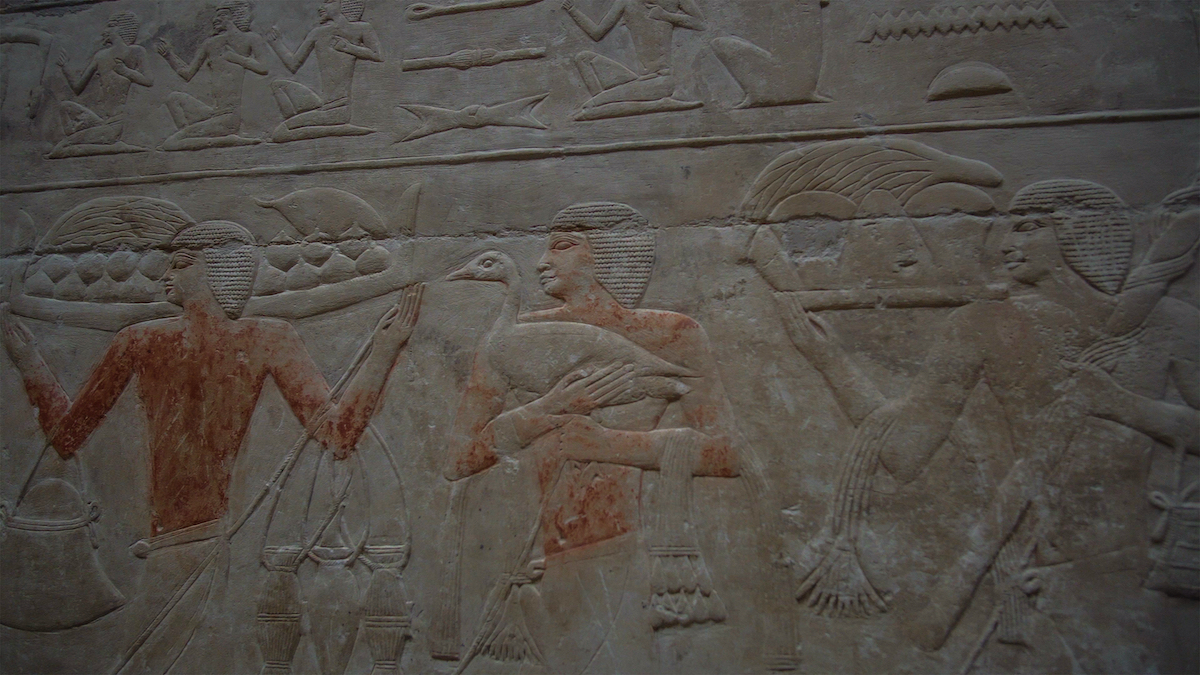A few weeks ago, it was my husband’s birthday. As we recently moved to a new military base, far away from our family and friends, and feeling a little wistful about it, I sought out ways to make the best of the present moment, showing him my love and ever-lasting support.
Therefore, while thinking out loud about the cake recipes that I could bake, I received one sudden advice: “Why bother!? just buy him an ice-cream cake, he loves ice-cream, right!?” Thinking about it, I said to myself, “yes, he loves ice-cream…, but… he had it yesterday, too.”
Everybody loves sweets, but did the cake lose its meaning?
The History:
The word “cake” has a long history.
According to food historians, the ancient Egyptians were the first culture to show evidence of advanced baking skills. There are numerous artistic representations and loaves of bread that were left behind and discovered in the tombs and burial sites, dating since the Old Kingdom of Egypt, its period spanning C. 2686–2181 BC.
A study carried out by Dr. Delwen Samuel, an expert in the history of manufacturing bread, established that the Egyptians might have been as good at baking as they were at building the Giza Pyramids.
Later, the ancient Greeks used flour mixed with eggs, milk, nuts, and honey and made what they called Plakous, the name coming from the word Plakoeis which meant “flat” cake.
During the Roman period, the name for cake, also derived from an ancient Greek word, became “placenta.”
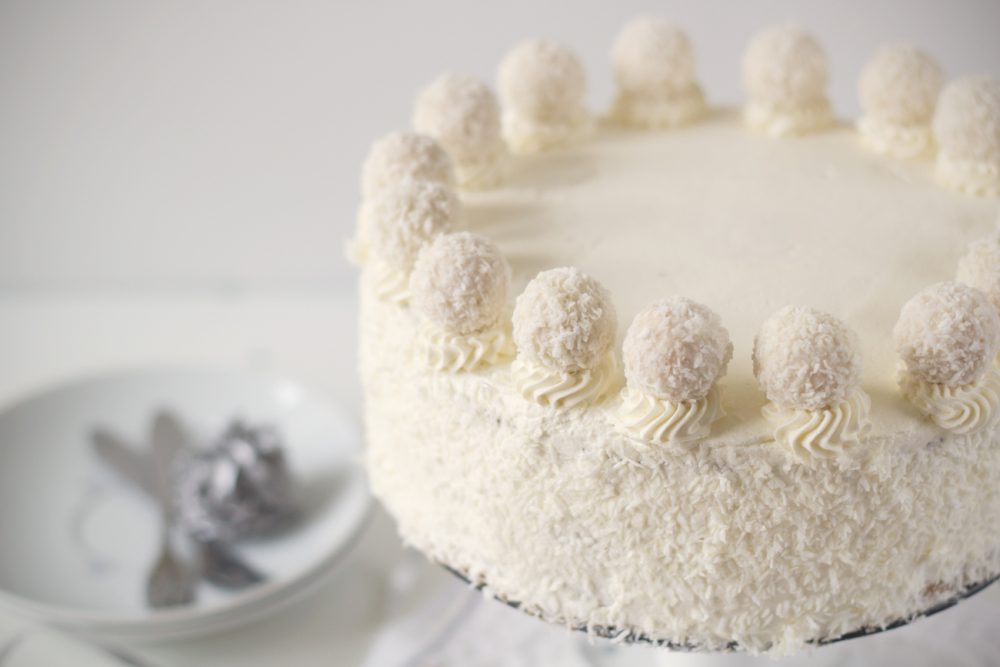
The word is present around the year 8 AD, as well, when the Augustan poet Ovid mentioned the birthday cake in his first book of the exile from Rome, “Tristia.”
Also, there are confirmations that beginning in the 5th century, Medieval European bakers often made fruitcakes and gingerbread. The Oxford English Dictionary traces the English word “cake” back to the 13th century.
The Bible has references to the cake as well, with the following few examples: “And he took butter, and milk, and the calf which he had dressed, and set it before them” (Genesis 18:8 ) or “And thou shalt take fine flour, and bake twelve cakes thereof.” (Leviticus 24:5).
Cake Today:
Americans have few holidays where the sweets are put at the centre of the celebration, such as Halloween candy, Easter baskets, etc., and they even have hundreds of amusement parks dedicated to it. Surprisingly, the U.S. doesn’t even rank in the world’s top 10 of the candy consumption. Though I have to mention that, unfortunately, it has the highest obesity rate of any developed country, with almost 40 per cent of adults.
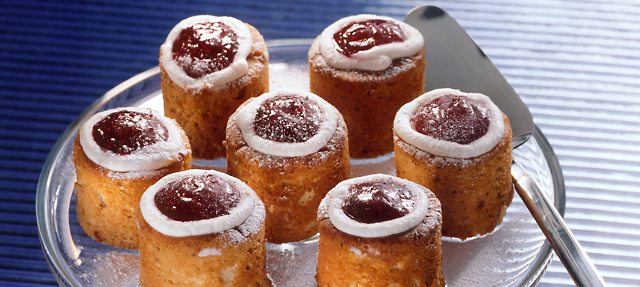
The countries that eat more cake than the U.S. include Sweden (Pyramid cake since the 1600s), Switzerland (Birnbrot, traditional Christmas cake), France (Creme Brûlée since 17th century), the U.K., The Netherlands and Finland (Runeberg cake).
A 2016 study done by Jordbruksverket, the Swedish Board of Agriculture, and featured in a recent article by the New Yorker, found that Sweden has the highest candy consumption per capita in the world – about 35 pounds per person per year.
That means that the average Swedish person eats more than a half-pound of candy every week, the sugar consumption in Sweden is double the World Health Organization recommends -25 gr a day.
The Swedish even have a word, “Lördagsgodis,” that literally means “Saturday candy.”
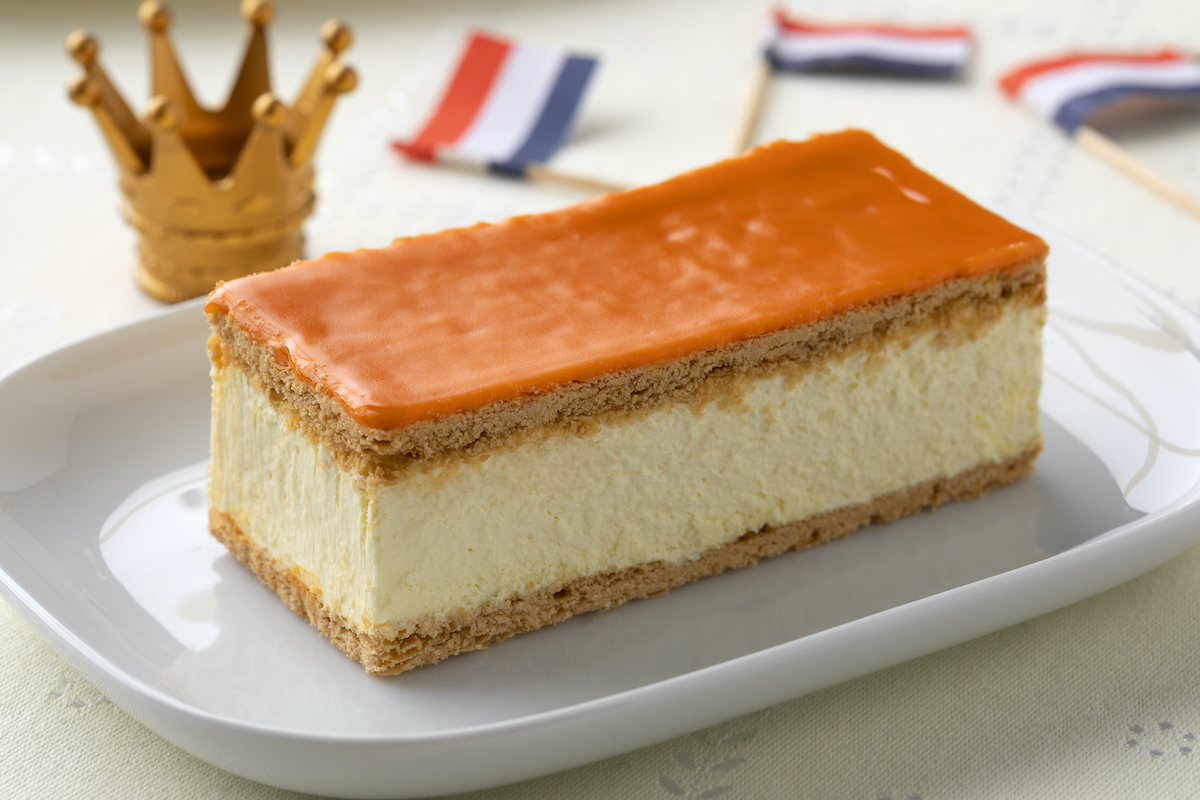
In Amsterdam, around King’s Day (previously Queen’s Day, celebrated since 1885), the icing of Tompouce, a traditional Dutch pastry, is coloured bright orange in order to represent true Dutch colours.
It is believed that the dessert is named after a performing dwarf with the stage name of Tom Pouce. The cake is often served with afternoon tea or coffee, especially at festive events such as birthdays.
Scotland, poetically known as Caledonia, the Latin name given by the Romans, is also known as “the land of cakes” for its world-famous oatmeal cakes.
A popular story is that Mary Queen of Scots (16th century) did not like glacé cherries in her cakes, so the Dundee Cake, a famous traditional Scottish dessert, was first made for her. It is a fruit cake that uses blanched almonds and not cherries.
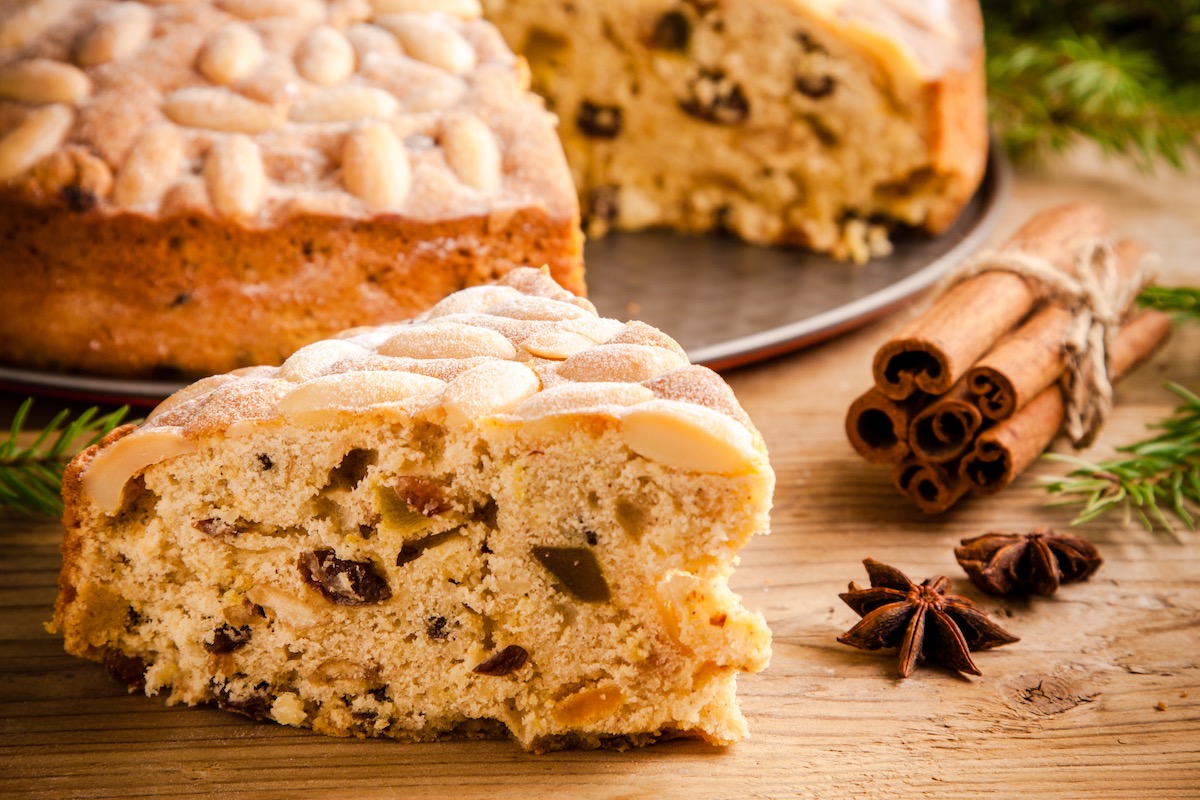
The top of the cake is typically decorated with concentric circles of almonds. Today, it is sold in supermarkets throughout the U.K.
In southern India, the traditional celebration dishes start with sweets, usually “Prasadam” (an offering to the Gods), before the actual meal. The feast is later continued with the same dessert from the beginning but in a more significant portion.
The candy in many Indian traditions signifies a good beginning.
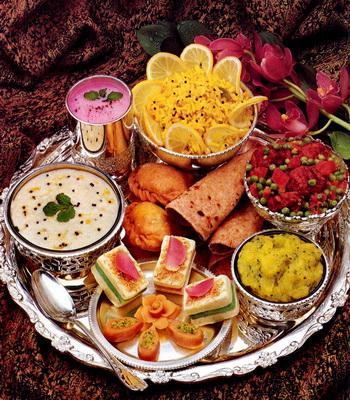
The expression in Hindi “Muh meetha karo!” literally means “sweeten one’s mouth” (have some sweet!) and is used for delivering good news.
It is also a widespread belief that eating the sweet first, prevents gastronomical burns.
In Ecuador, the person whose birthday it is will take a large bite of the birthday cake before it is served.
In Peru, guests used to sing “Happy Birthday to You” first in English with the name of the individual whose birthday it is, then in Spanish. Later, they sang any other Spanish song about cake or date, then blowing out the candles and serving the cake.
The Symbolism behind:
As per Live Science, Carey Morewedge of Carnegie Mellon University in Pittsburg, together with Michael Norton, from Harvard Business School, surveyed 149 university students in the United States, India, and South Korea a few years ago. The researchers asked the students to rate different theories about their dreams.
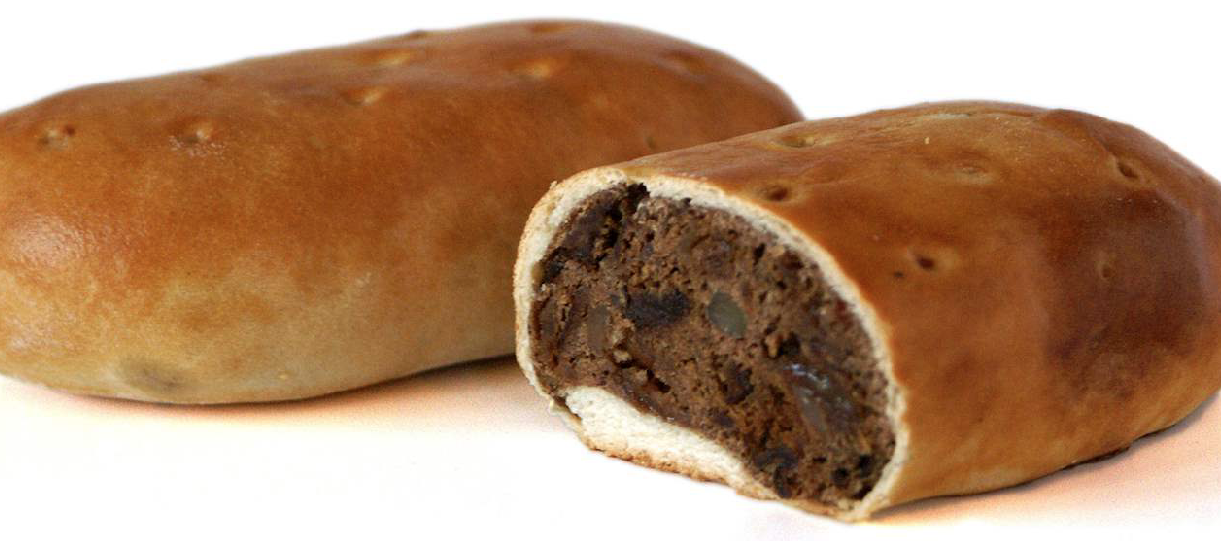
As a result, across all three cultures, a majority of the students endorsed the theory that dreams reveal hidden truths about themselves and the world.
Based on the premise that the dreams might have a translation in the real world, some cultures believe that there is a message behind dreaming of candy.
Even though opinions differ widely, when cakes appear in a dream, it often a positive sign. Because cakes are usually made for other people (rather than for oneself) when in a dream, they are a sign of love and compassion for other people.
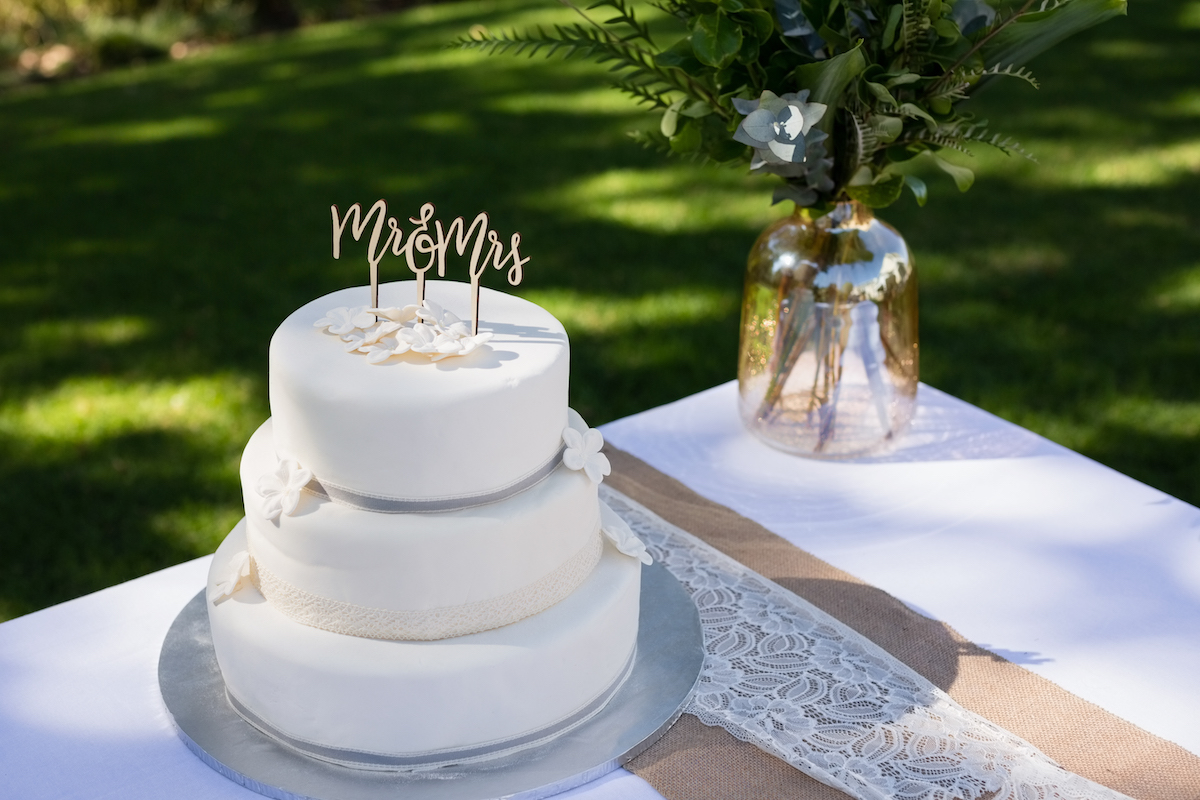
Dreams of wedding cakes are said to be a sign of good luck, while the cake temptation is uncontrollable and may represent weaknesses.
Leaving the dream world behind, contemporary wedding cakes have grown out of several different ethnic traditions. One of the first traditions began in Ancient Rome, where a cake of wheat or barley was broken over the bride’s head to bring good fortune to the couple.
Even though the wedding cake was originally a luxury item, and a sign of celebration and social status, in the 17th century, two cakes were made, one for the bride and one for the groom. The bigger the cakes, the higher the social standing.
In Victorian times, the white icing was also a symbol of money and social importance, so a white cake was highly desired.
The cake’s tiers represented prosperity and were a status symbol because only wealthy families could afford to include them in the cake.
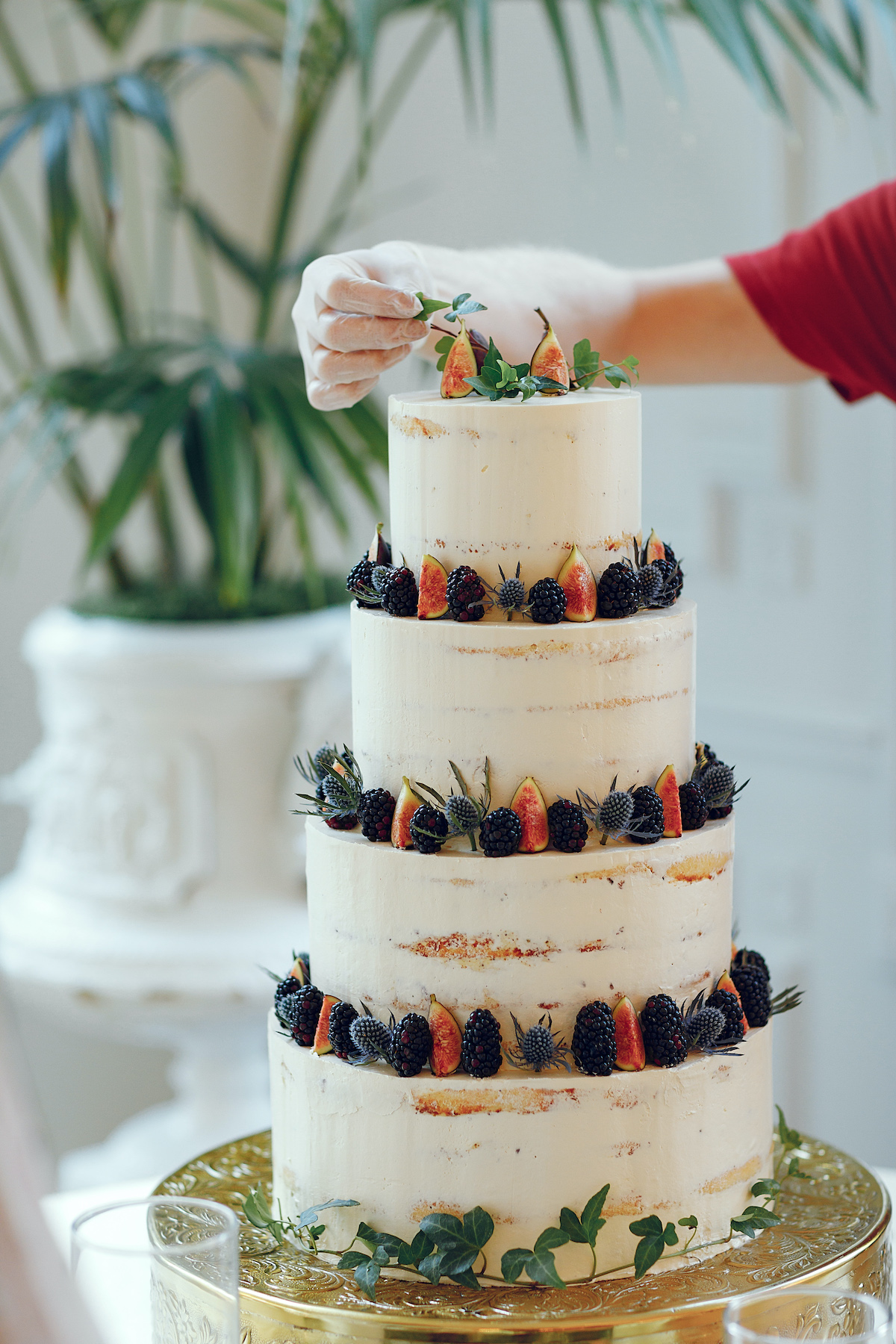
Each of the three traditional cake’s tiers are told to have significance. The tradition has it that the bottom tier is for eating at the ceremony, the middle tier for offering after the event, and the top tier to be saved for later.
The cutting of the cake is a task full of symbolism, as well.
For example, in China, the couple begins cutting the cake from the lowest level, and gives the first pieces to their parents and other ancestors, as a symbolic way of honouring their place as the foundation of the family.
Also, the link between cakes and birthday celebrations may date back to ancient Roman times. However, the theory explaining the tradition of placing candles on birthday cakes is attributed to the early Greeks, who used candles to honour the goddess Artemis’ birth on the sixth day of every lunar month.

Nowadays, the person whose birthday it is makes a wish, which is believed to come true if all the candles are extinguished in a single breath.
Then the cake is shared amongst the guests attending the party to represent a sharing of joy and a sense of togetherness,
………….
Growing up in the 80s, I remember how special, rare, and deeply appreciated the home-made cake was. The baker was put on a pedestal, just like a magician, the power-holder, the provider of wonders, of heavenly sweets, which were prepared in a secret laboratory called “the kitchen.”
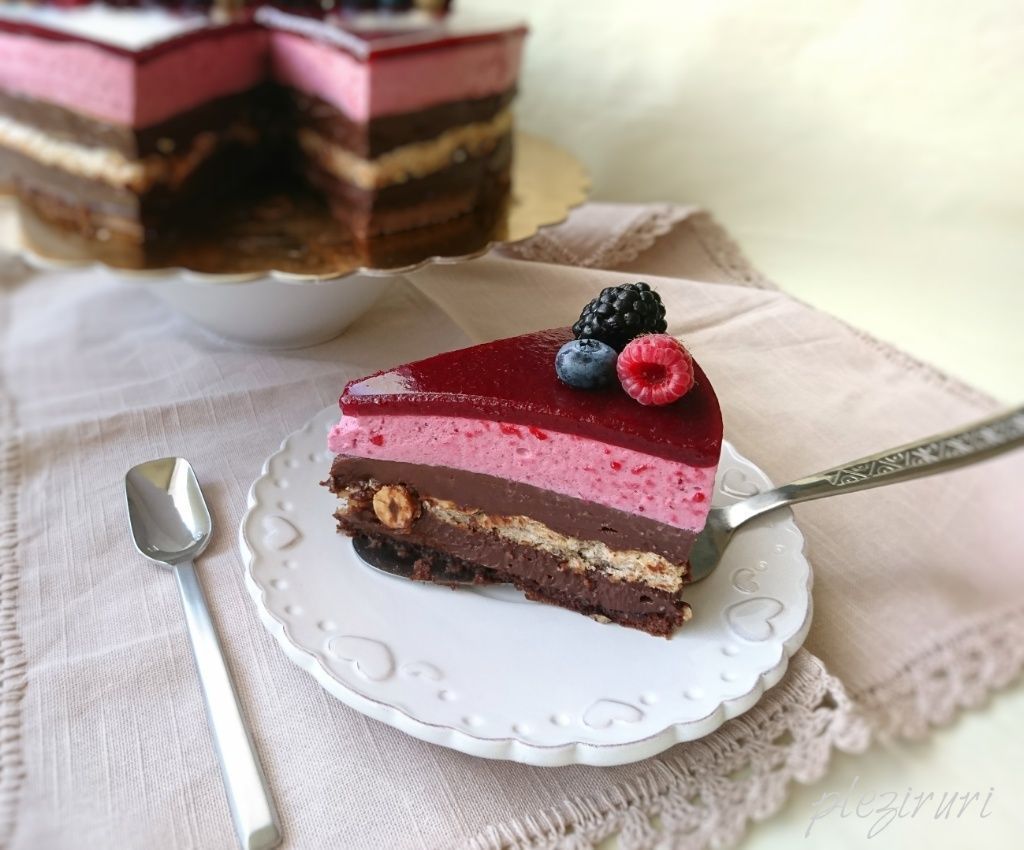
When I was called to give it a taste, I was the happiest child on earth! You were envied because you had the privilege to know, before anyone else, how the birthday cake was going to taste.
And when that long-time waited moment of singing “Happy Birthday to You” and serving the cake finally came, not only were we ecstatic about its mouth-watering flavourful and sweet taste, but we knew we were loved. That’s the true meaning of the cake.
This year, I became the baker, presenting my husband with a Tiramisu cake.
If you have cake on your mind right now, why not try your hand at baking a Victoria Sponge Cake.









